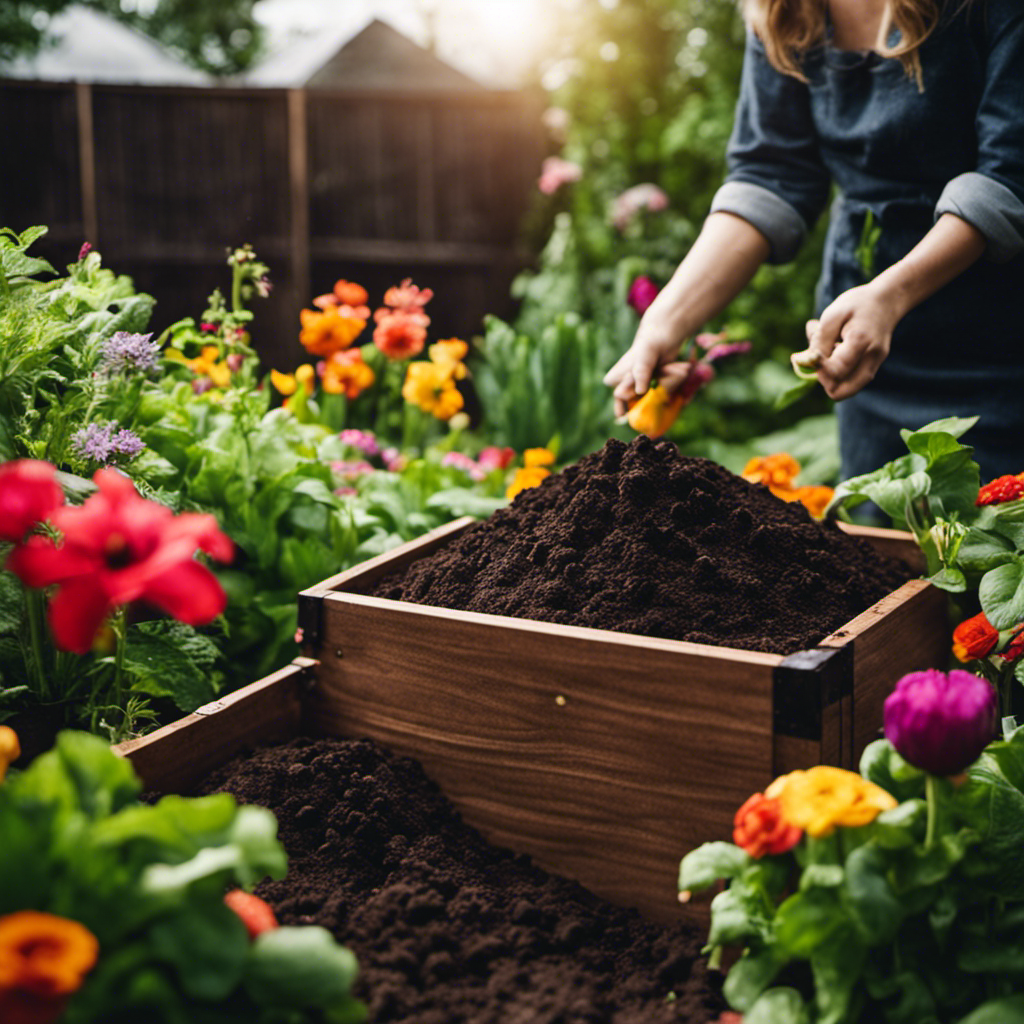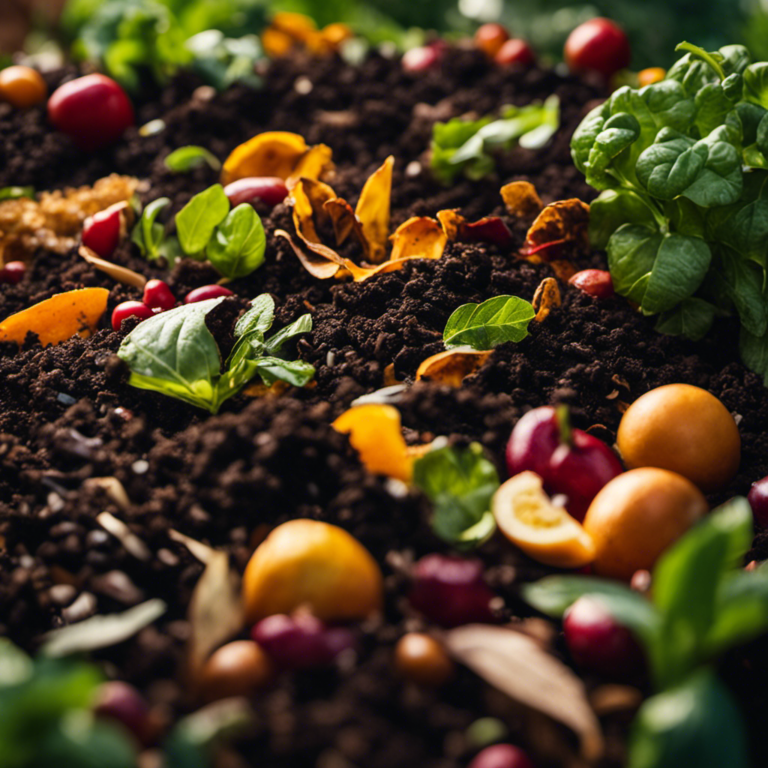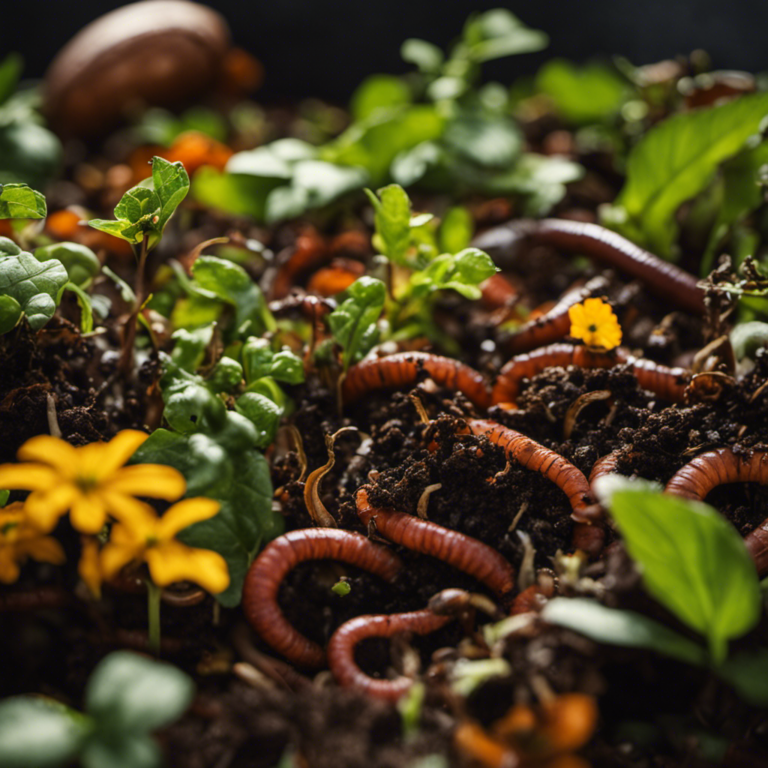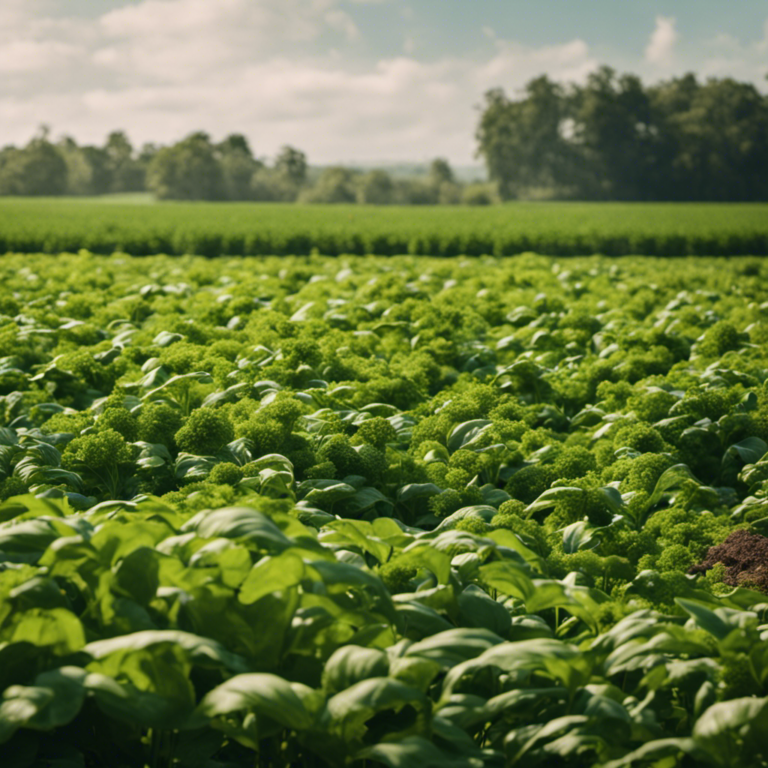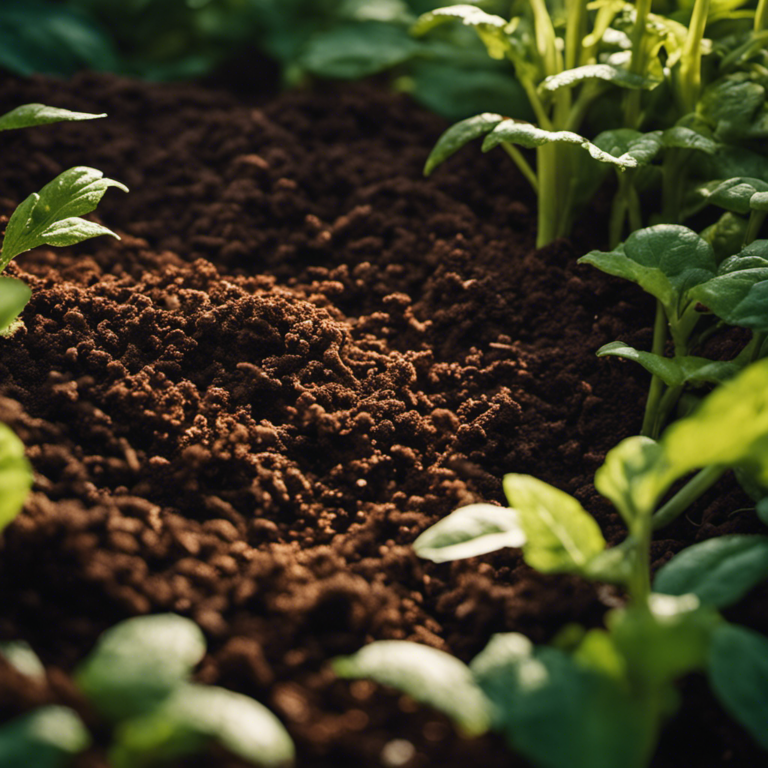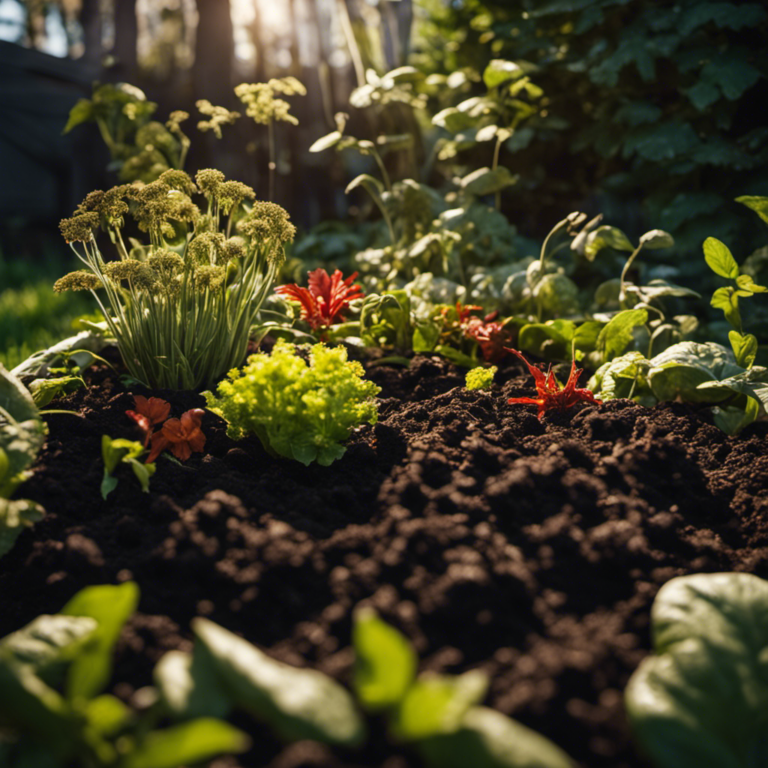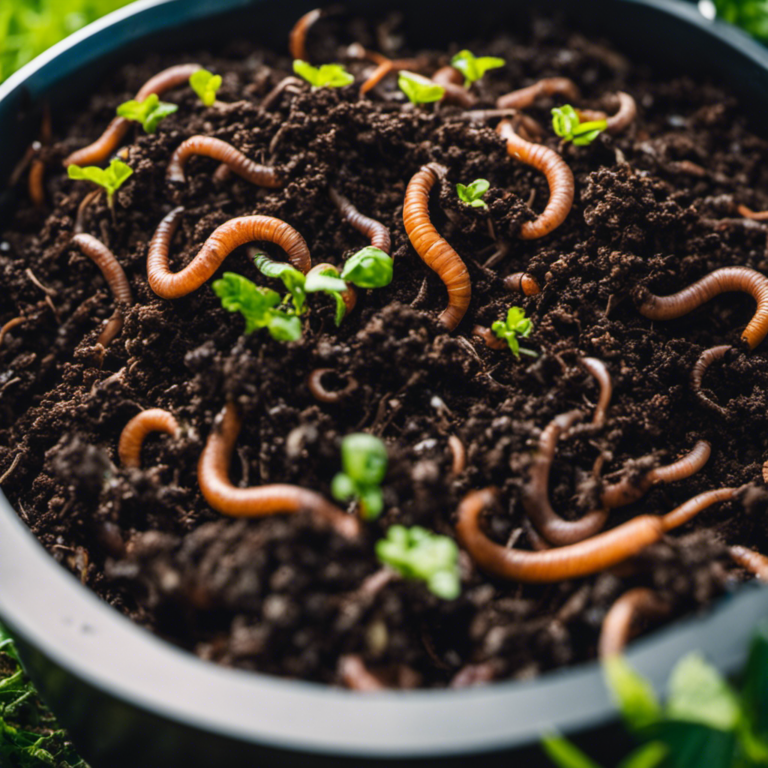Are you tired of throwing away your kitchen scraps and yard waste? If so, you’ve come to the right place!
In this beginner’s guide, I will show you how to easily transform organic materials into nutrient-rich compost. Whether you have a backyard or just a small balcony, I will guide you through the process step by step.
You’ll learn the proper composting method, essential ingredients, and helpful tips for building and maintaining your compost pile or bin.
By following these techniques, you can say goodbye to waste and embrace a greener, more sustainable lifestyle.
Let’s get started on this journey together!
Key Takeaways
Organic composting is a practical and effective method for enriching your garden soil and reducing waste. By selecting the right composting technique, using essential ingredients, and properly managing your compost pile or bin, you can produce nutrient-rich compost for your plants.
Composting works like a natural recycling system, transforming kitchen scraps and yard waste into a valuable resource for your garden. It’s a simple and eco-friendly way to give back to the earth while nourishing your plants.
So why not start composting today and witness the flourishing of your garden with healthy, organic goodness.
Choosing the Right Composting Method
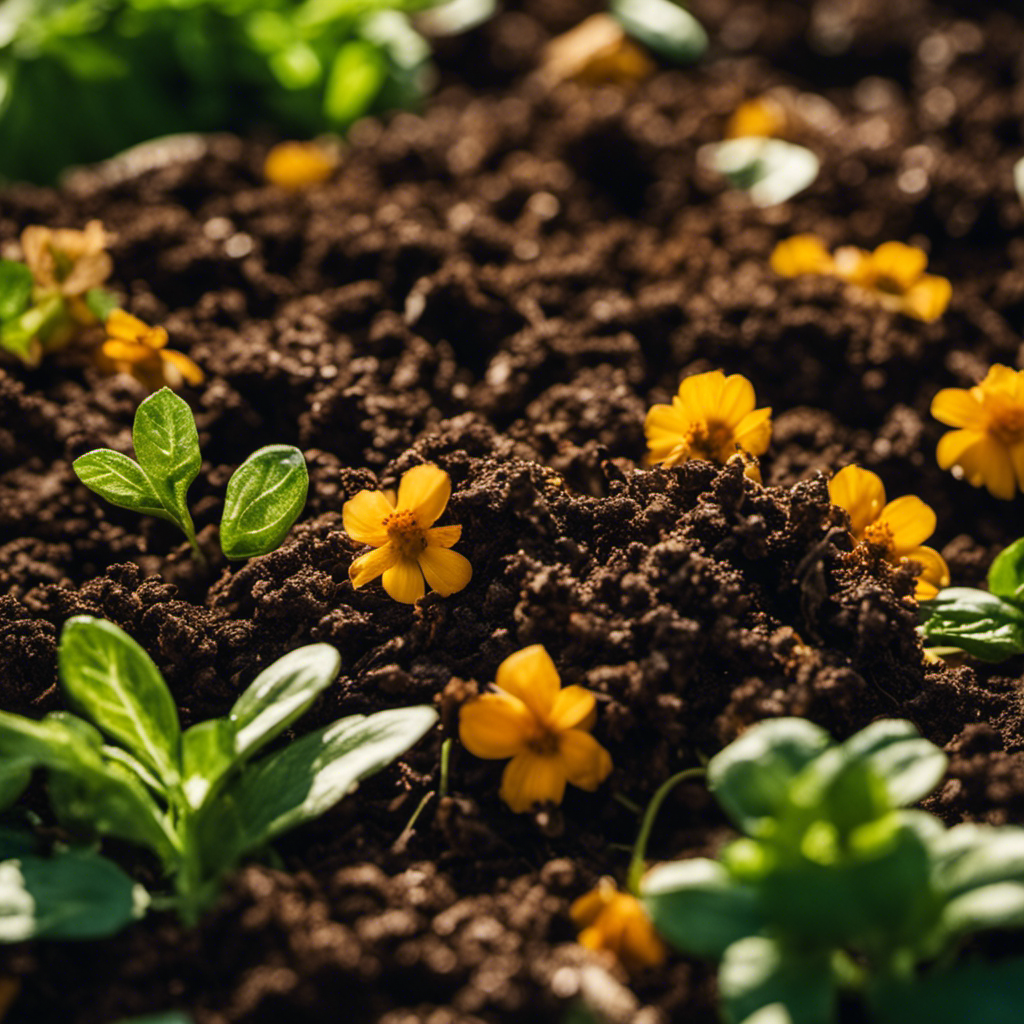
Choosing the Right Composting Method
To start your composting journey, begin by assessing the space you have available and evaluating the amount of organic waste you generate regularly. This evaluation will help you select the most suitable composting method for your needs.
There are two main types of composting: aerobic and anaerobic.
Aerobic composting involves breaking down organic materials with the assistance of oxygen. This method requires regularly turning the compost pile to introduce oxygen and facilitate decomposition. It’s a faster process that yields nutrient-rich compost, making it ideal for those seeking quick results.
On the other hand, anaerobic composting occurs without the presence of oxygen. This method is slower and requires less maintenance since decomposition happens naturally. However, the resulting compost may have fewer nutrients compared to aerobic composting.
Another popular composting method is worm composting, also known as vermicomposting. This technique involves using worms to break down organic waste. The worms consume the waste and produce nutrient-rich castings, which serve as excellent fertilizer for plants. Worm composting is particularly useful for individuals with limited space or those who prefer indoor composting.
Essential Ingredients for Successful Composting

Creating nutrient-rich compost requires a careful combination and balance of essential ingredients. Whether you’re using a compost pile or a compost bin, understanding these necessary components is crucial for successful composting.
To help you get started, here are the key ingredients for successful composting:
-
Green Materials: These provide nitrogen for decomposition. Examples include grass clippings, kitchen scraps, and coffee grounds.
-
Brown Materials: These provide carbon for energy. Examples include leaves, straw, and wood chips.
-
Air: Proper aeration is facilitated by turning the compost pile regularly, promoting aerobic decomposition.
-
Water: Maintaining moisture levels is important. Sprinkle water when necessary to ensure the compost stays damp but not saturated.
-
Microorganisms: Bacteria, fungi, and earthworms break down organic matter, aiding in the decomposition process.
By combining these ingredients in the right proportions, you create an environment that promotes the breakdown of organic matter into nutrient-rich compost.
The benefits of using organic compost in your garden are vast. It improves soil structure, retains moisture, and enhances nutrient availability for plants. Additionally, organic compost helps suppress diseases and pests, reduces the need for chemical fertilizers, and promotes a healthy and sustainable gardening practice.
With these essential ingredients in mind, you’re now ready to embark on your composting journey. Remember to regularly monitor and adjust moisture levels, turn the compost pile for proper aeration, and enjoy the rewards of nutrient-rich organic compost in your garden.
Tips for Building a Compost Pile or Bin
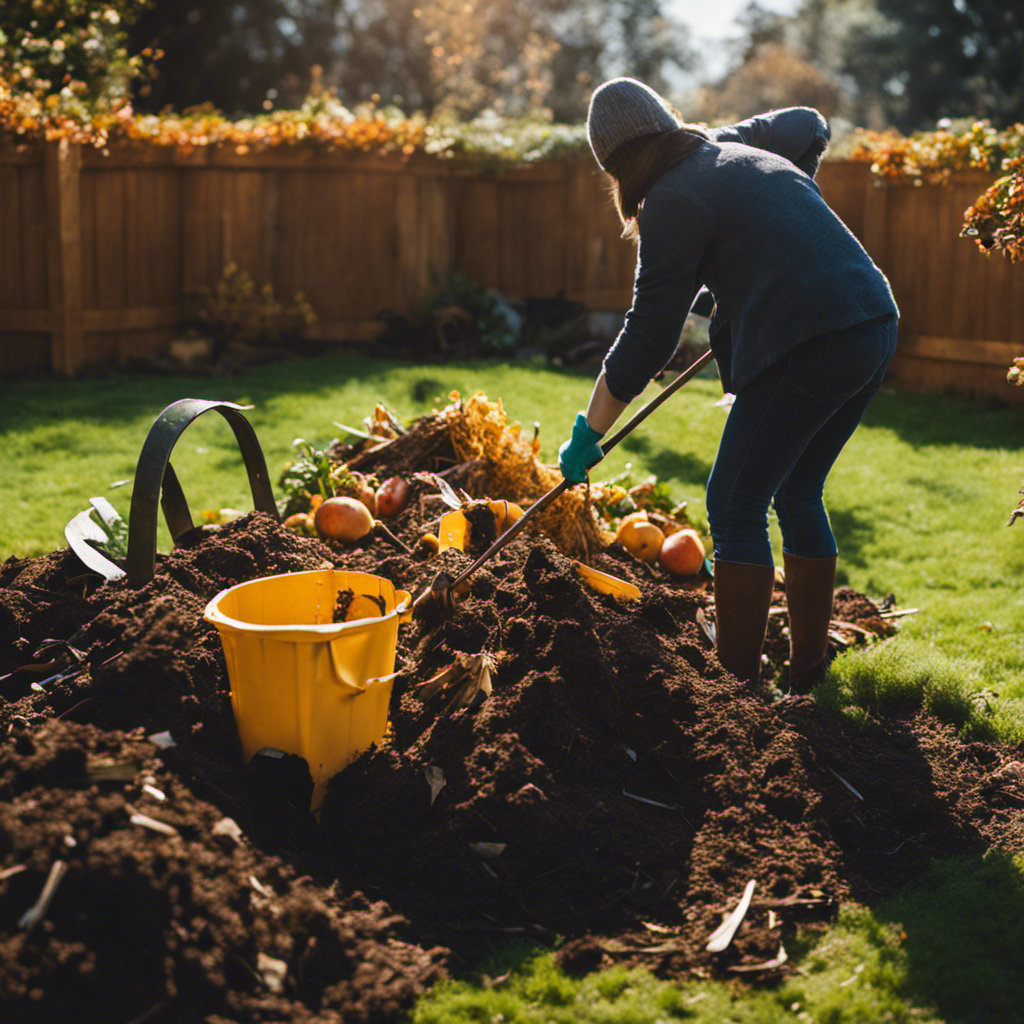
Tips for Building a Compost Pile or Bin
Building a successful compost pile or bin requires careful consideration of a few key tips.
First, you’ll want to choose a suitable location. Look for a well-drained area that receives partial sunlight. It’s important to avoid placing the compost pile too close to your house or any structures, as the decomposition process can create odors.
Next, gather the necessary tools for composting. These may include a pitchfork or shovel for turning the pile, a compost thermometer to monitor temperature, and a compost bin or enclosure to contain the materials.
When constructing your compost pile, start by creating a layer of coarse materials such as twigs or straw. This layer helps provide airflow to the pile. Then, alternate between layers of green materials, such as kitchen scraps and fresh grass clippings, and brown materials like dried leaves and wood chips. It’s essential to ensure that each layer is moist but not overly wet.
To promote decomposition and speed up the process, it’s beneficial to periodically turn the pile with a pitchfork to aerate the materials.
Maintaining a proper balance between carbon-rich brown materials and nitrogen-rich green materials is crucial. This balance ensures that the compost pile breaks down effectively and produces nutrient-rich compost.
By following these tips, you’ll be well-equipped to build a successful compost pile or bin that will support your organic gardening endeavors.
Composting is a simple yet effective way to turn organic waste into nutrient-rich compost for your garden.
Managing and Maintaining Your Compost
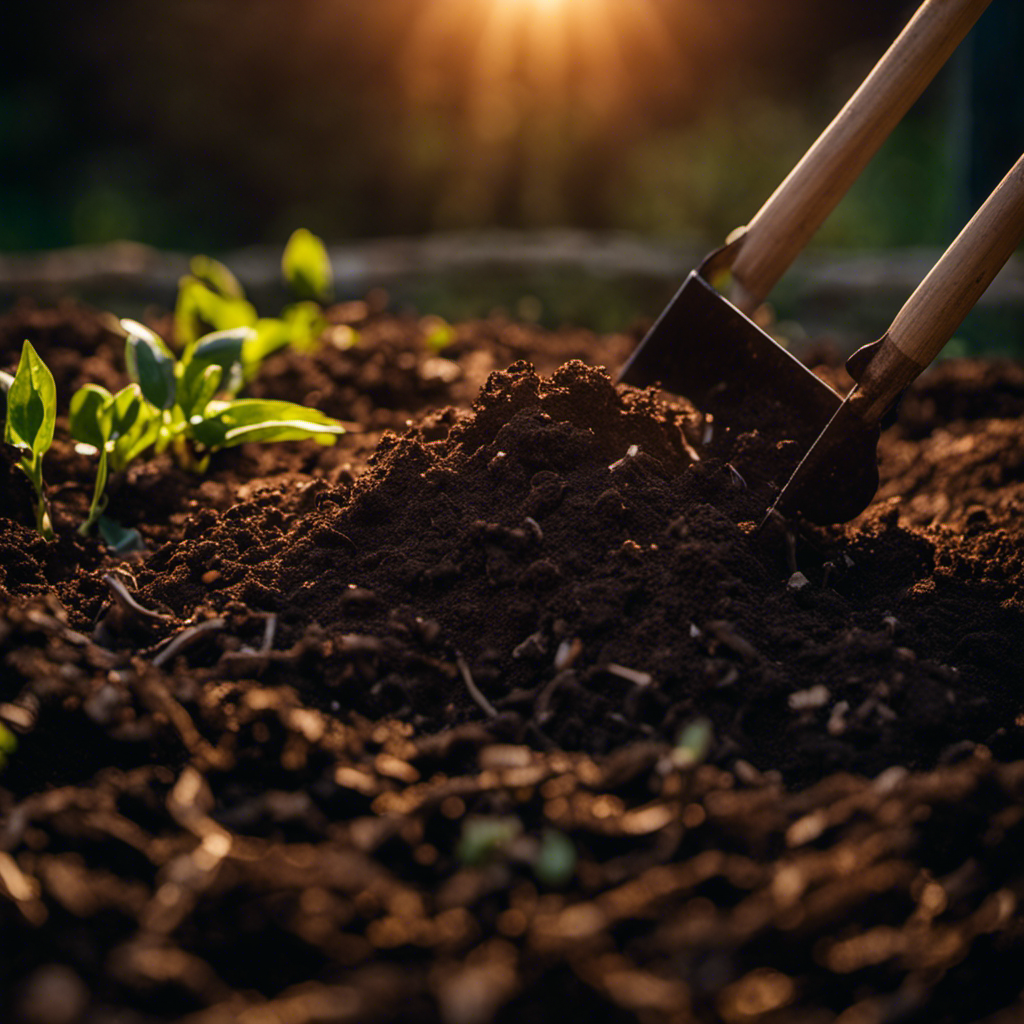
Managing and maintaining your compost involves ensuring proper moisture levels throughout the process. The moisture balance is crucial for the decomposition process, as it affects the activity of beneficial microorganisms that break down organic materials. By maintaining the right moisture level, you promote efficient decomposition and prevent the compost from becoming too dry or too wet.
To monitor moisture levels, regularly check the compost by squeezing a handful of it. The ideal moisture level should feel like a wrung-out sponge, where it holds its shape but doesn’t release excess water. If the compost feels too dry, add water using a hose or watering can. Be careful not to overwater, as excessive moisture can lead to anaerobic conditions and unpleasant odors.
Another important aspect of managing your compost is regularly turning it. Compost turning helps aerate the pile, allowing oxygen to reach the microorganisms responsible for decomposition. It also helps mix the materials and distribute moisture evenly. You can use a pitchfork or compost turning tool to gently mix the layers, ensuring that the outer materials are brought to the center and the inner materials are exposed to the air.
Troubleshooting Common Composting Problems
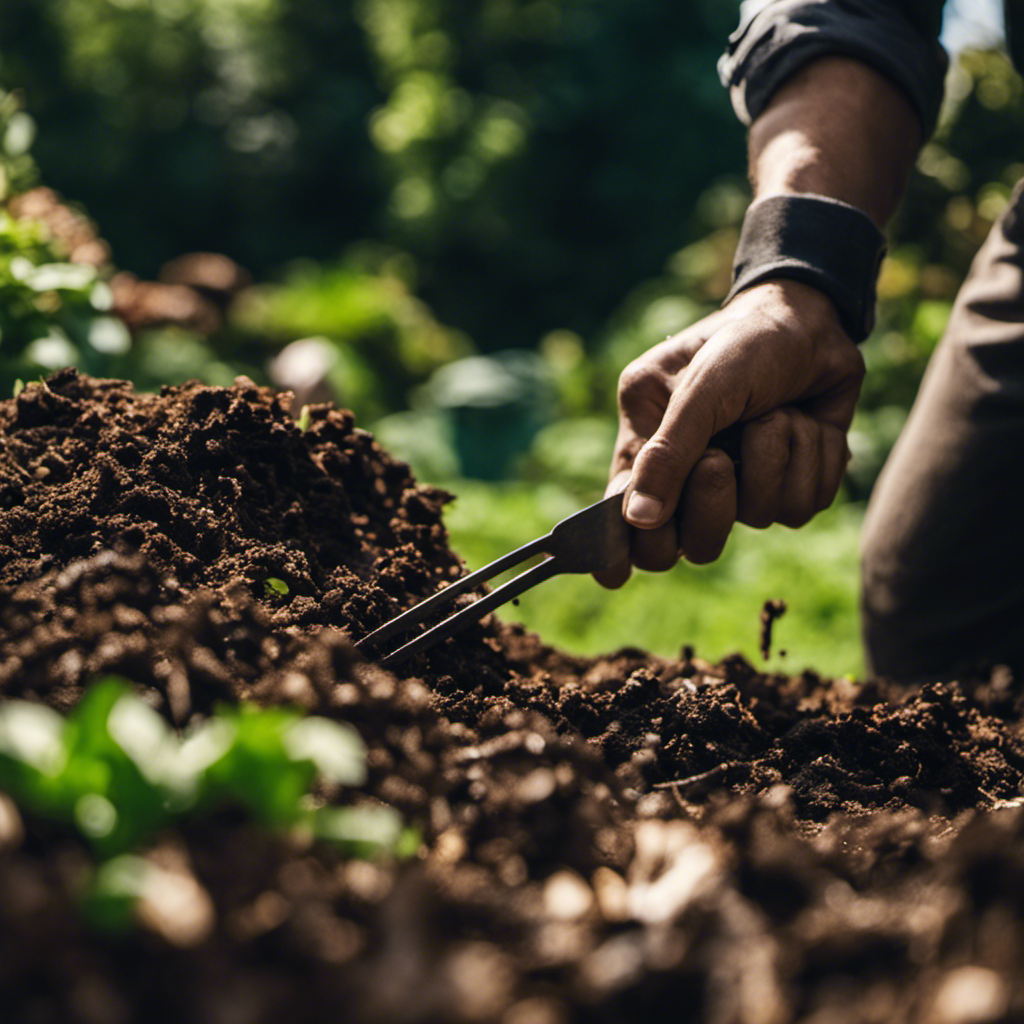
Now, let’s discuss some common issues that can arise when composting and how to effectively address them.
One problem you may encounter is unpleasant odors coming from your compost pile. These odors can be caused by a lack of oxygen or an imbalance of carbon and nitrogen materials. To resolve this issue, make sure to regularly turn your compost to promote airflow and add more dry materials like leaves or shredded paper to restore the balance. Additionally, covering your compost pile with straw or wood chips can help contain any odors.
Another challenge that may arise is the presence of pests in your compost. These pests, such as flies, rodents, or raccoons, are attracted to the decomposing organic matter. To prevent pests, avoid adding meat, dairy, or oily foods to your compost as they can attract unwanted visitors. It’s also helpful to bury fresh kitchen scraps deep within the compost pile to discourage pests. If you still have issues with pests, consider using wire mesh or a compost bin with a tight-fitting lid to keep them out.
By addressing odor issues and preventing pests, you can ensure a successful composting process that’s both efficient and free of unpleasant smells.
Happy composting!
Conclusion
Organic composting is a practical and effective way to enrich your garden soil and reduce waste. By choosing the right composting method, using essential ingredients, and properly managing your compost pile or bin, you can create nutrient-rich compost for your plants.
Composting is like a natural recycling system, transforming kitchen scraps and yard waste into a valuable resource for your garden.
So why not start composting today and watch your garden thrive with healthy, organic goodness.
